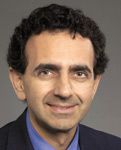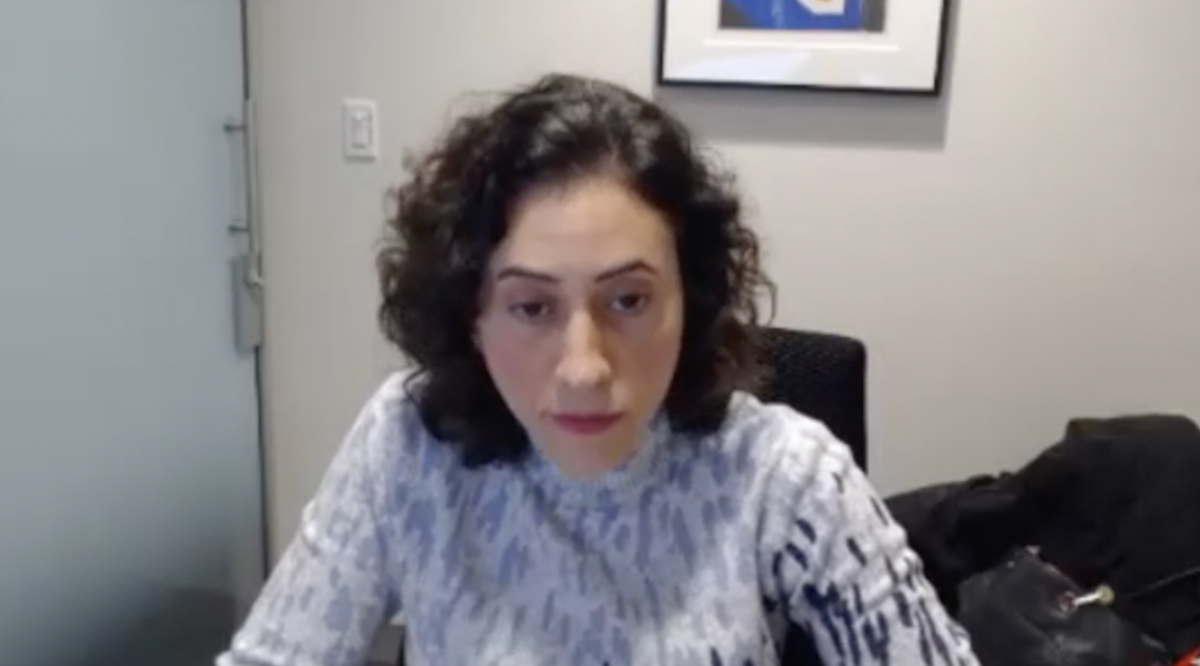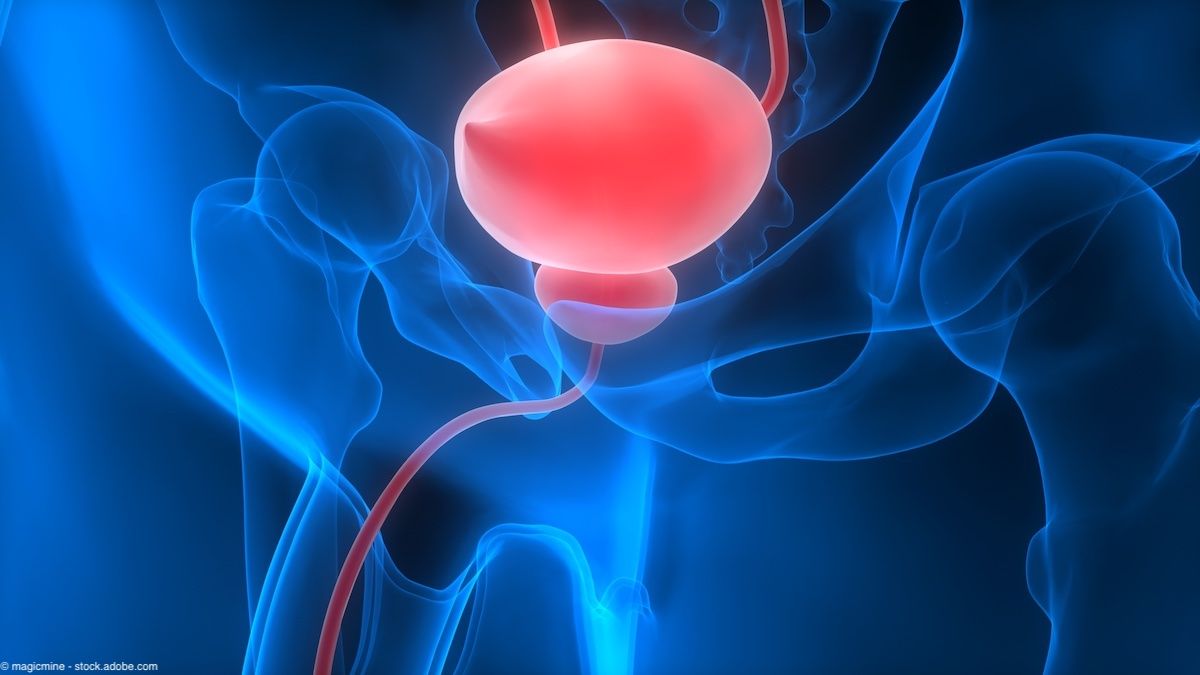Article
Research on bladder tissue regeneration progresses
Author(s):
Atlanta-Tissue engineering research has grown by leaps and bounds in the past decade and a half, yielding findings that may someday have a profound impact on the field of pediatric urology. At the 2006 American Academy of Pediatrics Section on Urology annual meeting here, several groups presented cutting-edge data on novel systems for organ generation, including research demonstrating the feasibility of generating a functioning bladder from stem cells.

Anthony Atala, MD, chair of the department of urology and director of the Institute for Regenerative Medicine at Wake Forest University, Winston-Salem, NC, reviewed the current state of tissue engineering at a symposium on emerging technologies in urology. Dr. Atala told the audience that research in the field has made significant strides since it began in 1990.
"Over 75 distinct multiple-year research studies related to the engineering of bladder tissue... were performed over a 16-year time span by over 100 researchers and clinicians on our team," he said.
Stem cell-based models
Two groups reported novel bladder generation models derived from stem cells. Their studies established the feasibility of generating an entire functioning bladder from embryonic stem cells. Both provide a powerful new model for studying bladder development and determining the potential pathophysiologic impact of various exposures.
Jang-Won Lee, PhD, a member of Dr. Atala's group, investigated whether nuclear transfer stem cells could differentiate and participate in de novo bladder generation. Early-stage blastocysts were microinjected with single stem cells transduced to express a reporter gene. The blastocysts were then implanted into mouse uteri to enable normal embryonic development. Bladder tissue of the resulting offspring was analyzed.
The tissue contained differentiated stem cells expressing the appropriate reporter gene. Through functional and molecular analyses and immunohistochemical investigation, Dr. Lee found that the injected embryonic stem cells differentiated and formed the various cell lineages of a functioning bladder, including urothelium, muscle, and nerves.
The researchers concluded that stem cells derived through nuclear transfer can differentiate and regenerate a bladder de novo. In addition to its obvious translational application, the researchers propose that this experimental model could be used to study normal bladder development.
Siam Oottamasathien, MD, a second-year pediatric urology fellow at Vanderbilt University Medical Center, Nashville, TN, won the AAP Section on Urology Basic Science research prize for his study using the signaling environment of the mesenchyme to induce bladder embryonic stem cell differentiation.
Dr. Oottamasathien, working with John C. Pope, IV, MD, and colleagues, isolated embryonic bladder mesenchyme (EBLM) from embryonic day 18 rat bladders to provide the appropriate signaling environment for embryonic stem cell differentiation. Heterospecific recombinant xenografts were created by combining mouse embryonic stem cells with the isolated EBLM. Xenografts of embryonic stem cells alone, not in the presence of the EBLM signaling environment, were used as a control. The xenografts were implanted in male athymic nude mice and harvested 42 days post-grafting. The grafts were assessed for urothelial and stromal differentiation.
"Bladder-specific stem cells would likely be a better tissue-delivery cell source than other tissue cells for rehabilitative procedures. We propose that instead of working from a solid organ and trying to find stem cells, it may be more efficient to start with pluripotent embryonic stem cells," Dr. Oottamasathien told Urology Times.
"From previous studies, we know that there's a strong inductive signaling pathway in bladder mesenchyme, so we used this environment to try to force embryonic stem cells down a lineage to create a bladder progenitor cell."
Newsletter
Stay current with the latest urology news and practice-changing insights — sign up now for the essential updates every urologist needs.















